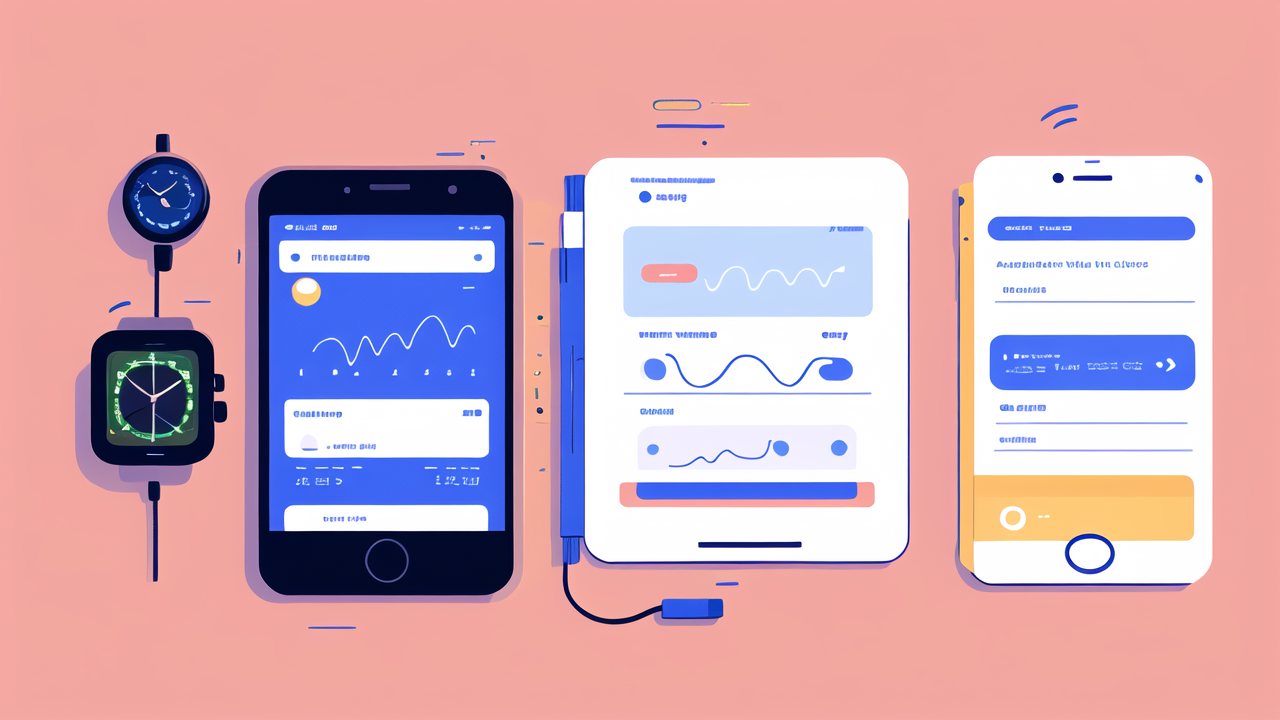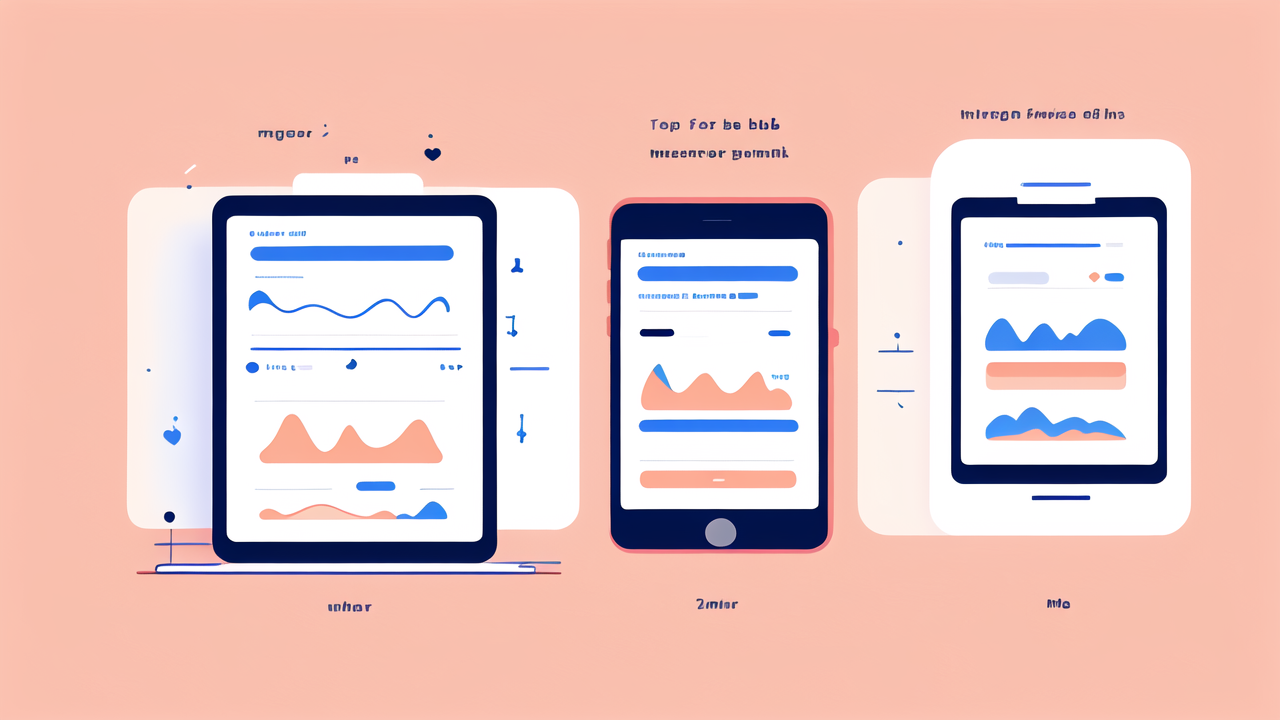The Evolution of Wearable Technology: From Pocket Watches to Smart Devices
The Early Days of Wearable Technology
Wearable tech has come a long way since the days of pocket watches. These early timepieces were the first step in making technology portable. They allowed people to carry the time with them wherever they went. As tech advanced, so did wearables. The first digital watches appeared in the 1970s. These devices could do more than just tell time. They could perform simple calculations and store small amounts of data. This was a big leap forward in wearable tech. It showed that small devices could do more than one task.

In the 1980s and 1990s, wearables became even more advanced. Fitness trackers like pedometers became popular. These simple devices could count steps and estimate calories burned. They were the first wearables focused on health and fitness. This trend would continue and grow in the years to come.
Technological Innovations in Modern Wearables
Today's smart watches are a far cry from early wearables. They pack powerful tech into a small package. Modern smart watches use advanced sensors to track various health metrics. These include heart rate, blood oxygen levels, and even ECG readings. The rise of miniaturized tech has made this possible. Tiny processors and batteries allow for complex functions in a small device.
Connectivity is another key innovation in modern wearables. Smart watches can connect to smartphones and the internet. This allows for real-time data sharing and updates. It also enables features like notifications and GPS tracking. The use of touchscreens has made these devices more user-friendly. Voice commands have further improved how we interact with wearables.
Material science has also played a role in wearable tech evolution. New materials make devices more durable and comfortable to wear. Some are even waterproof, allowing for use during swimming or in the shower. The future of wearables looks bright, with ongoing research into flexible displays and advanced health sensors.
Anatomy of a Smart Watch: Key Components and Functionality
Sensors and Sensor Technology in Wearable Devices
The heart of a smart watch's ability to measure body metrics lies in its sensors. These tiny devices are crucial for gathering data about the user's body and environment. Here's a look at some key sensors found in modern smart watches:

- Accelerometer: Measures movement and orientation
- Gyroscope: Detects rotation and angular velocity
- Optical heart rate sensor: Monitors heart rate using light
- GPS: Tracks location and movement
- Altimeter: Measures altitude changes
- Ambient light sensor: Adjusts screen brightness
- Microphone: Enables voice commands and calls
These sensors work together to provide a comprehensive picture of the user's activity and health. For example, the accelerometer and gyroscope can detect when a person is walking, running, or cycling. The optical heart rate sensor uses LED lights to measure blood flow and calculate heart rate. Some advanced watches even include sensors for measuring blood oxygen levels or taking ECG readings.
Software and Mobile Applications for Wearable Technology
The hardware of a smart watch is only part of the story. The software and mobile apps that work with these devices are equally important. They turn raw data from sensors into useful information for users. Most smart watches work in tandem with a smartphone app. This app acts as a hub for data collection, analysis, and presentation.
Smart watch operating systems, like watchOS for Apple Watch or Wear OS for Android devices, manage the watch's functions. They handle tasks like displaying notifications, running apps, and processing sensor data. These systems are designed to be efficient and user-friendly on small screens.
Mobile apps linked to smart watches often provide more detailed analysis and visualization of data. They may offer features like:
- Personalized fitness plans
- Sleep tracking and analysis
- Stress management tools
- Nutrition tracking
- Goal setting and progress monitoring
The integration of smart watches with other health and fitness apps has created a rich ecosystem of tools for personal health management. As software continues to evolve, we can expect even more sophisticated analysis and insights from our wearable devices.
The Impact of Wearable Technology on Health and Wellness in the United States
Personalized Health Coaching with Smart Watches
Smart watches have revolutionized personal health management in the US. They offer real-time health data and personalized coaching. This has made it easier for people to take control of their well-being. Smart watches can track daily activity, sleep patterns, and heart health. They use this data to provide tailored advice and encouragement.

Many smart watches now offer features like:
- Daily step goals and reminders to move
- Personalized workout suggestions
- Sleep quality analysis and improvement tips
- Stress level monitoring and relaxation prompts
- Hydration tracking and reminders
These features act like a personal health coach on your wrist. They help users make informed decisions about their health. For example, a watch might suggest a user take a walk if they've been inactive for too long. Or it might recommend breathing exercises if it detects high stress levels.
The impact of this personalized coaching has been significant. Many users report increased physical activity and better awareness of their health. Some studies have shown that wearable devices can help in managing chronic conditions like diabetes and heart disease.
The Future of Fitness and Wearable Technology in Healthcare
The future of wearable tech in healthcare looks promising. Advances in sensor technology will likely lead to even more accurate health monitoring. We may see smart watches that can:
- Detect early signs of illness
- Monitor blood glucose levels without needles
- Predict and prevent heart attacks or strokes
- Track mental health indicators
These advancements could transform preventive healthcare. They may help catch health issues before they become serious. This could lead to better outcomes and lower healthcare costs.
Wearables are also likely to play a bigger role in clinical settings. Doctors may use data from patients' smart watches to inform treatment decisions. This could lead to more personalized and effective healthcare.
As AI and machine learning improve, smart watches will become smarter. They may offer more advanced health insights and predictions. The integration of wearables with other smart devices could create a more connected health ecosystem. This might include smart home devices that adjust based on your health data.
The potential for wearables in healthcare is vast. As technology continues to evolve, smart watches may become an essential tool for maintaining our health and well-being.




Leave a comment
This site is protected by hCaptcha and the hCaptcha Privacy Policy and Terms of Service apply.